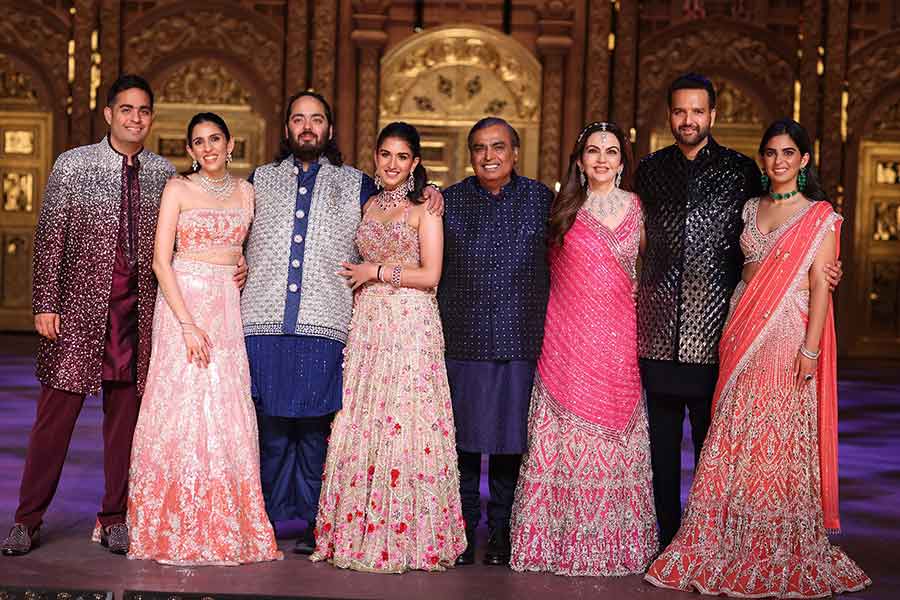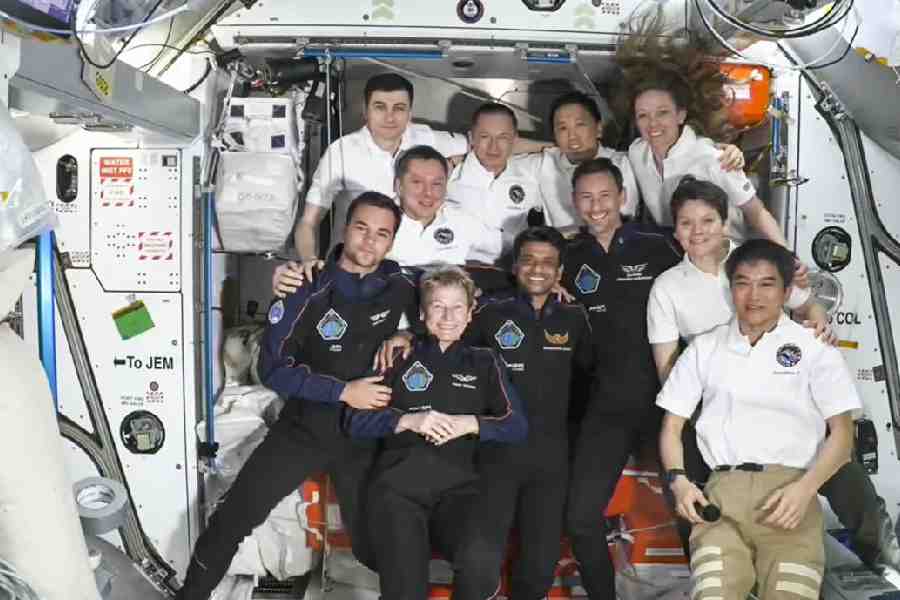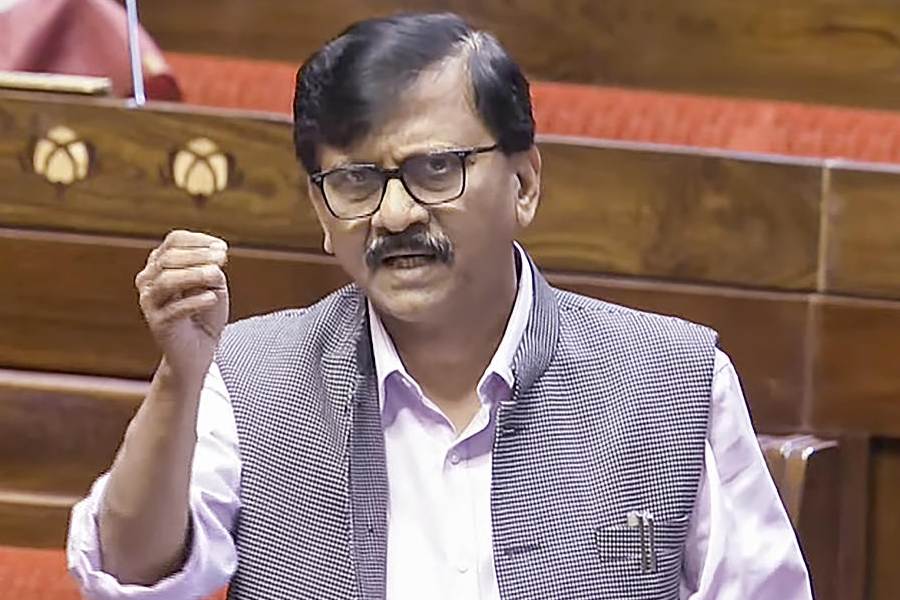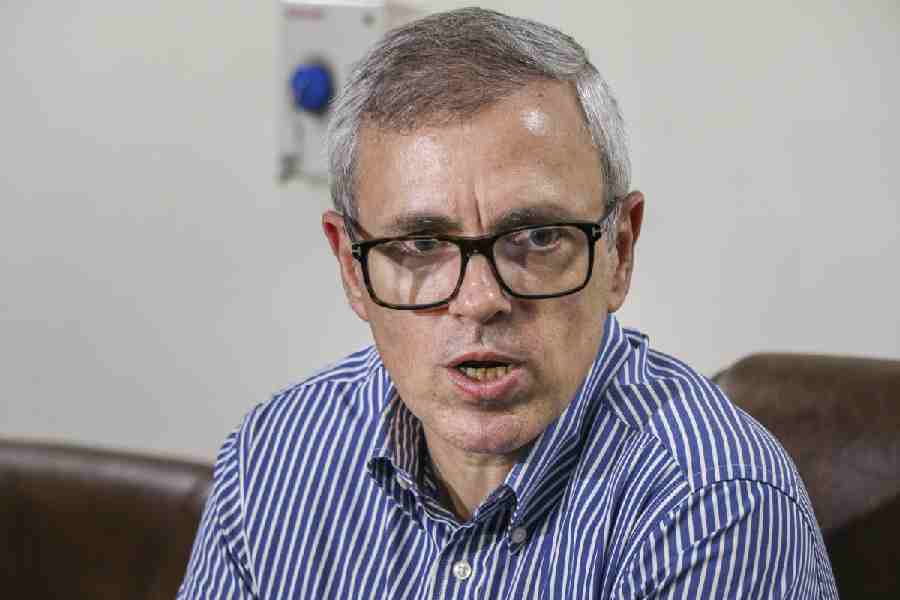 |
| Benazir with Rajiv Gandhi and Margaret Thatcher |
New Delhi, Dec. 27: A still-young former Prime Minister, faced with a make-or-break election, is killed in a suicide attack at a rally venue.
Benazir Bhutto, or Rajiv Gandhi?
Sonia Gandhi’s condolence message to Benazir’s family today reflected one of the many threads that link the two most illustrious political dynasties of India and Pakistan.
Benazir’s assassination is “a painful reminder of the threat posed by the forces of violence and terror to the civilised world”, the Congress president said.
“Her life’s unrealised potential has been cut short. For the people of Pakistan, it is a great tragedy to lose a popular and charismatic leader at this juncture.”
The Gandhi-Bhutto relationship, however, has been a patchy one. The similarities in Rajiv’s and Benazir’s backgrounds and circumstances could not put it on steadier ground.
The Simla Agreement of July 2, 1972, had set the tone for the two families’ ties.
When Rajiv’s mother Indira Gandhi and Benazir’s father Zulfikar Ali Bhutto — both Prime Ministers of their countries — met for a weeklong summit in the Himachal Pradesh capital, the wounds of the 1971 war were still fresh. The talks nearly failed.
However, Indira, by sheer stubbornness and force of will, got Bhutto to sign the accord according to India’s terms. Benazir, then 18, was accompanying her father.
Bhutto, who idolised Jawaharlal Nehru, considered his daughter a “mediocre woman with mediocre intelligence” while Indira thought he was “slightly unbalanced”.
Coincidence or not, it was their children who presided over the second Indo-Pak bilateral summit, on July 16 and 17, 1989, in Islamabad.
Prime Ministers Rajiv and Benazir had already met in December 1988 on the sidelines of a Saarc summit in Islamabad. They had agreed to ink three bilateral agreements. One banned attacks on each other’s nuclear installations, another looked to improve cultural cooperation and the third related to civil aviation.
The 1989 summit saw no breakthrough: Rajiv was battling Bofors and Benazir was under pressure from the army and religious hardliners. Yet there was no lack of bonhomie each time the Gandhis and the Bhuttos met.
At the Saarc summit, Rajiv, Sonia, Rahul and Priyanka dined with Benazir, her mother Nusrat, and her husband. The two families had fun because Rajiv and Benazir could separate socialising from politics.
Besides, the Oxbridge bond was strong in the subcontinent, which placed almost as high a premium on degree as on pedigree in the ’70s and ’80s. Benazir had studied in Oxford and Harvard; Rajiv had also gone to Cambridge.
Both became Prime Minister after a parent’s assassination, each won a huge mandate and each blew it up. When Rajiv died, Benazir came down for his funeral.
In the subcontinent’s surcharged politics, however, the ghosts of the past can surface at unexpected moments.
When Benazir explained her agenda on Indo-Pak relations recently, India’s national security adviser resurrected her meetings with Rajiv to argue that her words cannot be taken at face value.
In a TV interview, M.K. Narayanan spoke of her “unfulfilled promises” to Rajiv in 1988 and said “her track record is not necessarily something which will make us believe that she would follow to the letter what she said — I think even if she wishes to”.
Benazir retaliated that it was Rajiv who had reneged on his “commitment” to quit Siachen.











